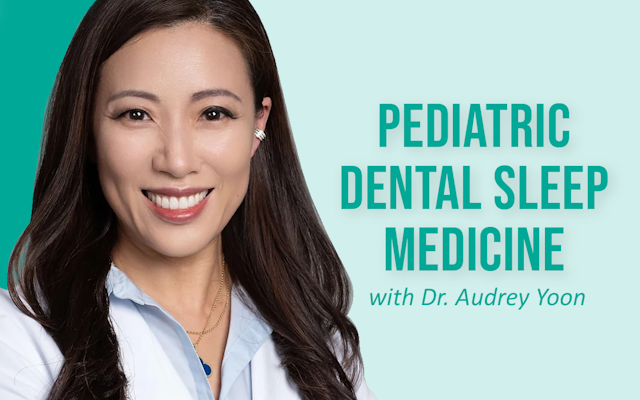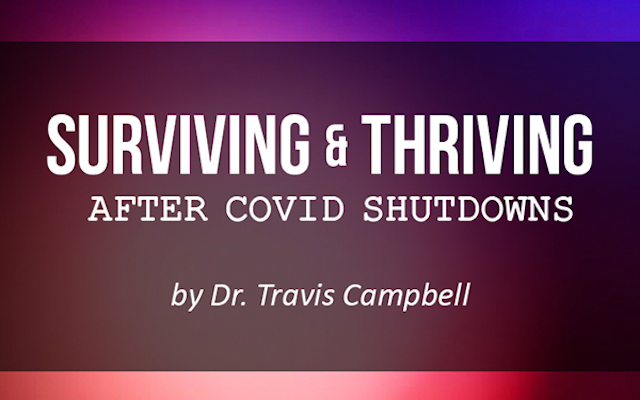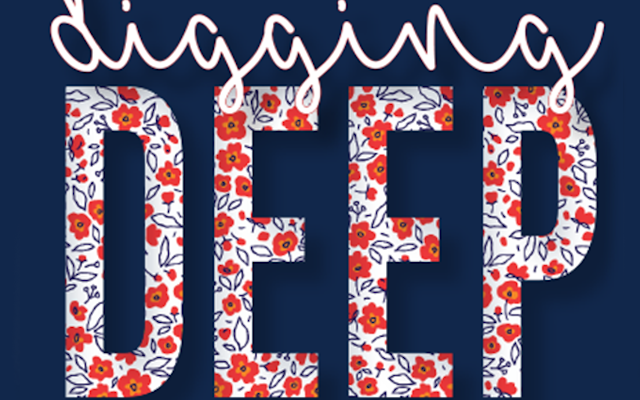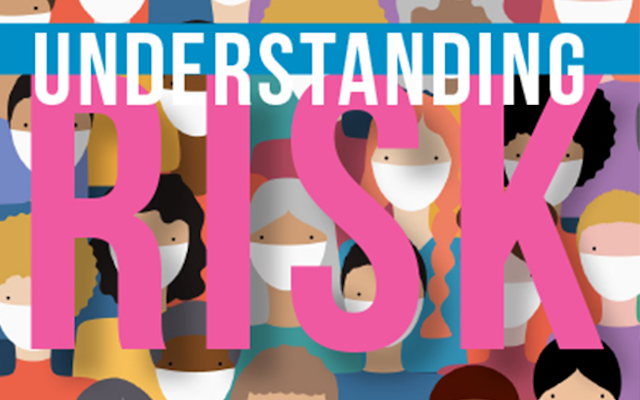When COVID-19 first emerged, there was initial concern about how the virus was spread and what locations were most at risk. The entire country shut down due in part to a lack of information or evidence.
Now, as some locations like Texas start to see an increasing wave of new cases, those initial fears are resurfacing for some. The Governors in both Texas and Florida have shut down bars, but are more business closures to come? What about dentistry?
Are Dental Offices Safe?
We have already faced controversy within our own profession about the safety of dentistry, so let us review both sides of this concern—but this time armed with more experience. The main concern was generated by a risk chart that has circulated everywhere. The chart places dental providers at the top, most vulnerable spot, but the opposing view says the chart is incomplete.
In the chart, the two axes place dental providers at high risk because of our potential exposure to diseases as well as our proximity to people when we are working. With proximity, there is no doubt dental professionals work more closely to people than many other professions. If we had no forms of infection control, this obviously would be a huge concern. But how much does our infection control mitigate this risk?
Exposure to disease means encountering infected individuals. This can happen either because there are higher incidences of sick people in the industry (medical) or larger volumes of people (airlines, bars, etc.).
The counter points to these concerns have been:
1) Dental offices typically turn away patients who are sick, sending them to their primary care doctor instead.
2) The volumes of patients we see is tiny compared to many industries. And we typically see them one at a time.
3) The chart does not factor in infection control and sterilization procedures in dentistry, which are rivaled only by hospital operating rooms.
What About Aerosols?
Along with exposure and proximity, aerosols have been the most discussed topic in dentistry this year. With highspeed handpieces and ultrasonic scalers, we spray a lot of water when treating patients. There is concern this spray could contain viral particles, which would factor into dentists and hygienists being at high risk.
The counterpoint is that aerosols are not new. Dentistry has dealt with aerosols since highspeed handpieces and ultrasonic scalers were introduced in the 1950s. Respiratory viruses are not new; there are viral outbreaks almost every other year. It was not until the 1980s that gloves and masks really became standard protective equipment and since then there has been no evidence of viral outbreaks in dentistry.
What Does The Evidence Show?
Instead of a theoretical debate about either side of the aerosol and exposure risk concerns, let us focus on the bigger picture. What does the evidence show this year, relative to past years, about the risk of disease spread in dentistry?
If we look at most healthcare providers, we see they tend to get sick less often than the general public. Why? It’s likely because our exposure to so many things boosts our immune system, somewhat like teachers who are exposed to many children.
Those who have been in dentistry for a long time understand COVID-19 is not the first major respiratory virus outbreak. We have been through SARS, Ebola, H1N1, Influenza, Hepatitis and others. Yet, none of these virulent diseases spread through dental offices. Hepatitis C has been the most concerning because even a small amount of saliva can transmit it.
But these are just anecdotal. What about real data?
The Centers for Disease Control and Prevention (CDC) keeps contact tracing of every viral outbreak. It has tracked how COVID-19 is spreading and has this to say about dentistry:
"To date in the United States, clusters of healthcare personnel who have tested positive for COVID-19 have been identified in hospital settings and long-term care facilities, but no clusters have yet been reported in dental settings or among dental healthcare providers.1"
Because this virus is not spreading through dental offices and teams, and dental professionals are not getting sick, what is it about aerosols that prevent them from being a source for spreading viruses?
Is it because ultrasonics disrupt viral particles? Is it because COVID-19 viral particles tend to reside in the throat/lungs and not around dental structures? Is it because standard precautions are enough? Is it because the only place in the country with better infection control than a dental office is a hospital operating room? Or, is it simply because we do not treat symptomatic patients?
The true reason is up to scientists to figure out. The great news is dental professionals are not getting sick more than the general public, and so the reason aerosols are not a problem is only academic. We should be vigilant but rational and follow the evidence instead of the fear.
These are the real questions we need to ask ourselves at this stage:
Are we comfortable dealing with the same exact risks that have been in dentistry since before most of us entered the profession?
Are we willing to continue to focus on treating oral disease in our communities?
The Patient’s Health
We took an oath as dental professionals to take care of our patients’ oral health. Dentists generally treat the teeth, and hygienists are specialists in periodontal health. We are both a part of the system to care for patients.
Untreated dental disease gets exponentially worse over time. Insidious germs in the mouth take hold and build toward more significant problems such as uncontrolled diabetes, heart disease, Alzheimer’s disease and cancer. The oral-medical connection has been shown for years. Dental professionals are also often the first to find head/neck cancer.
We are the “first responders” for the mouth. The CDC lists the leading causes of death and disability in the country, and dental professionals can play an important role in both detecting and keeping most of them under control.
What are Dental Offices Doing?
Many owners have faced difficult choices in the aftermath of the initial quarantine, such as reducing less critical services, cutting team members, or lowering team compensation. Some dentists have had to explore office models without hygienists because of rising costs or because their hygienists didn’t want to return to work. As we consider our response to the “second wave,” we need to make sure we are working together and coming up with solutions that make sense for the total system. Sacrifices are being made by everyone.
What Can Dentists and Hygienists Do?
There is still a lot of misinformation and fear circulating, so communication is key. We all need to realize there is no perfect answer to a pandemic.
Dentists need to recognize that many of our team members are distressed and fearful. They need to hear your voice reaching out with calm, logical information that is based in evidence.
Hygienists need to realize that many dentists are not good at starting difficult conversations. This is an opportunity for you to work WITH your dentist to get team fears out on the table and to come up with solutions. Find positive ways to help because COVID-19 is not going away, and the need for dentistry to help control chronic diseases that are co-morbidities in viral infections is even higher.
Reach out to patients and other team members. Be a voice of compassion and reason, because right now most are only getting fear. Solidify those relationships. THIS is the time we should be coming together as a team, communicating and working on solutions.
Staying Open
There are very few things in life that do not come with some type of risk, whether that is driving a car, flying in a plane, or working in healthcare.
Current aspects of the coronavirus have caused many to re-evaluate our opportunities in life and what the change in risk means for us. This has led to fear. Fear of the unknown. Fear of risks we have never thought about. Fear that we might need to re-evaluate prior choices.
The best part about dentistry is we have been equipped and trained for decades in the best infection control outside of a hospital operating room. This is why dentistry has never been a source of respiratory infection or other viral spread. We may be the most exposed profession because of proximity and procedures, but, because of our protocols and levels of infection control, exposure does not mean chance of infection or spread.
Many great hygienists and dentists have gone back to treating their patients and taking care of the oral disease that has so many connections with overall health. The great news is they have been back for months without problems. Most dentists never stopped treating patients for emergencies and have worked all year without getting sick or spreading the virus.
A second wave of outbreak is not only likely but expected. It’s already happening in some states, with some businesses closing or being asked to close. This time, the dental industry is armed with evidence and information we did not have months ago. Dental professionals are not getting sick, are not at higher risk, and by adhering to infection control protocols are safe. Dentistry has been shown to have one of the lowest risks for COVID-19 infections or spread.
We all need to be vigilant and follow precautions. By following the evidence, dentistry has proven to be safe. Our dental offices should not need to shut down again.
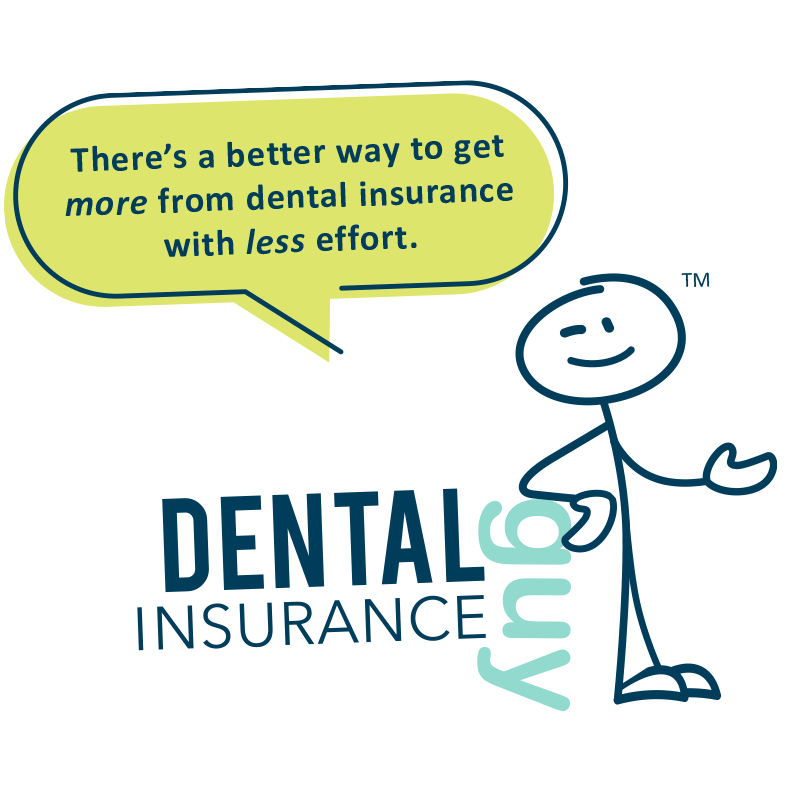
For every problem dental insurance creates within an office, there is a solution. We at the Dental Insurance Guy are here to provide those solutions. We find ways to help maximize the dental insurance benefits your patients are paying for, while at the same time making it less problematic for you and your team!
Are you ready to significantly reduce your dental insurance frustrations? Would you like to achieve higher reimbursements, fewer denials, and happier patients? Check out Dental Insurance Guy, a membership community led by Dr. Travis Campbell. Membership provides you and your team with 24/7 access to up-to-date information about all aspects of today's dental insurance landscape. Get access to insurance basics, live virtual events, on-demand CE, direct guidance, resources and more.
References:
1. Centers for Disease Control and Prevention. (2020 June 17). Guidance for dental settings. Retrieved from cdc.gov/coronavirus/2019-ncov/hcp/dental-settings.html#Background
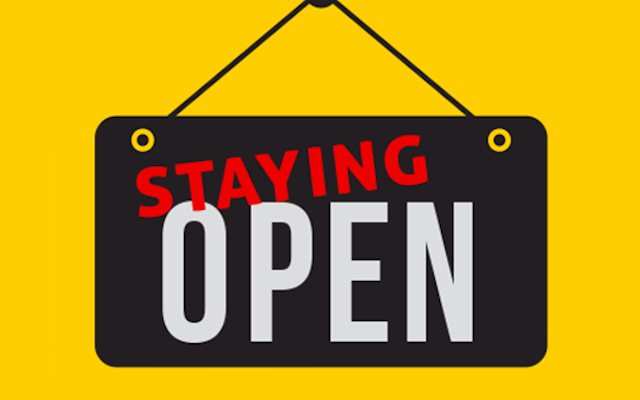
 By:
By: 
